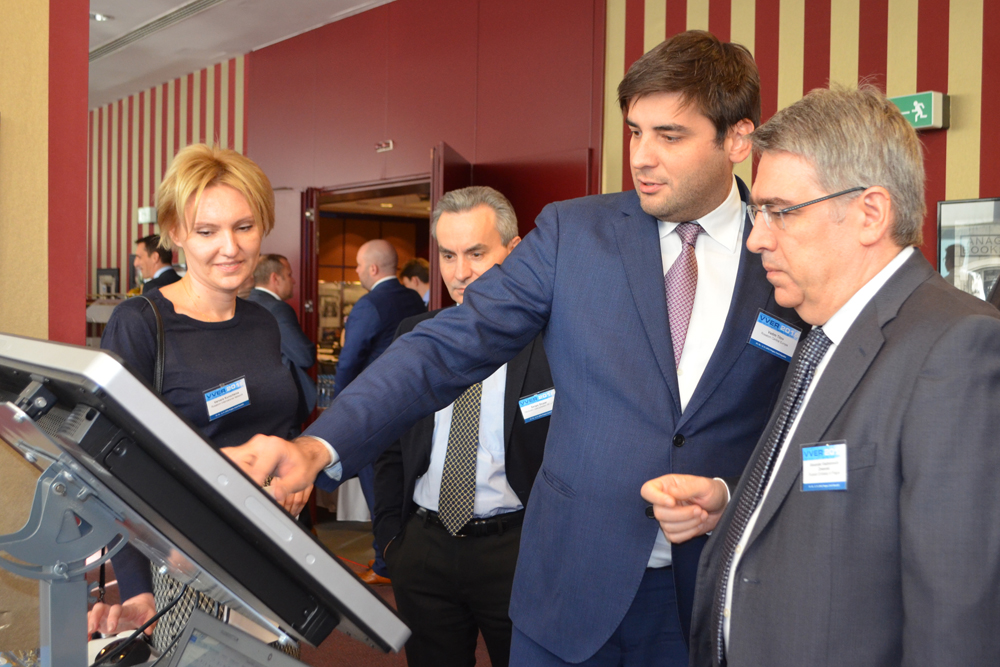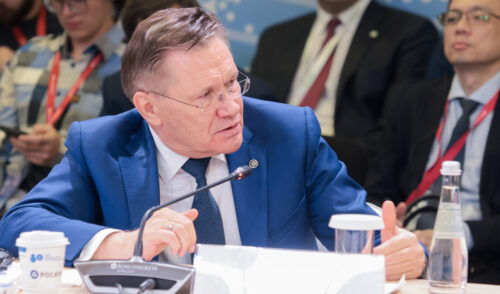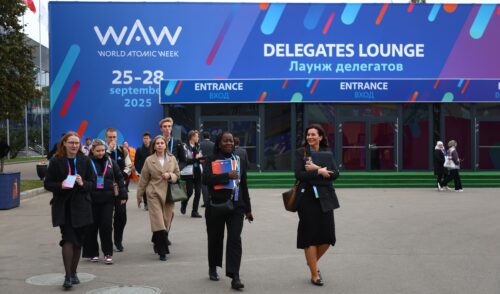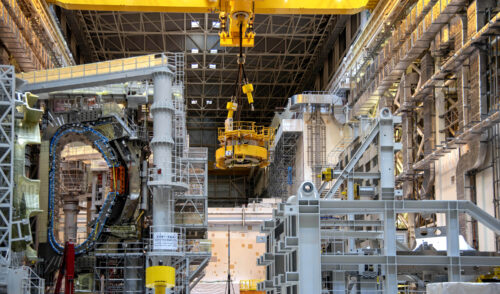
VVER Foster Cooperation
back to contentsVVER reactors are fully compliant with post-Fukushima safety requirements and outperform other reactors on certain parameters. Speaking at the conference, Leoš Tomíček, Senior Vice President of Rusatom Overseas Inc., told the audience about the advantages of VVER technology for nuclear power development in emerging nuclear countries. Money starts flowing in the national budget right after the construction stage begins because local nuclear suppliers increase their revenues. More money comes from power sales after the nuclear station is commissioned, as well as from the increased amount of the value added tax and social taxes on nuclear station employees. For instance, the Temelin nuclear power station increases the Czech GDP by 0.21% and reduces the unemployment rate by 0.14% by creating plenty of new jobs in the region. On top of that, the station brings additional 2.8 billion Czech korunas to the national budget every year.
Mr. Tomíček also mentioned the volume of trade between Czech companies and Rosatom, “For example, Sigma Group sales to Rosatom in 2009–2015 exceeded 669 million Czech korunas. ARAKO, a Czech manufacturer of industrial valve fittings, and Rosatom Group companies signed contracts worth 1.4 billion korunas over the last 8 years.” After that, he spoke about the input of Czech suppliers in Rosatom’s new projects in Finland, Hungary, Jordan, India, Bangladesh and Turkey. “We welcome Czech vendors to take part in our projects, both current and new. Rosatom’s current portfolio of overseas projects comprises 36 reactor units in the Middle East, Europe and Southeast Asia, and I am sure that Czech companies will be active in the implementation of this massive program,” Tomíček said.
VVER projects abroad
Special attention was paid to the construction of Russian-designed nuclear stations abroad. Such projects are currently underway in Hungary and Finland. Attila Aszódi, Hungarian government’s commissioner for the Paks expansion project (four operating VVER-440 units to be reinforced with two VVER-1200 units), spoke on the project progress and environmental license obtained in late September 2016. “Paks II expansion project is fully compliant with European safety standards and post-Fukushima requirements,” Aszódi said.
Fennovoima’s project director Minna Forsström took the floor to report on the progress at Hanhikivi-1 that will feature a VVER-1200 reactor. “Hanhikivi-1 is a very attractive business project for investors. Besides, 70% of Finland’s population support the project aimed to raise living standards in northern regions of the country and create new jobs for the locals,” she said.
Ivo Kouklík, Fennovoima’s Nuclear Island Director, also spoke on Hanhikivi-1. “We plan to operate the yet-to-be-built nuclear station for at least 60 years and engage local companies in order to stimulate industrial and economic activity in the region – this is a true advantage of integrated VVER projects,” Kouklík said. He also mentioned the involvement of Czech experts and companies in Hanhikivi-1, referring to the audit of project design documents by UJV Řež and ALVEL, and repeated that Hanhikivi-1 offered plenty of opportunities for Czech businesses. “Hanhikivi-1 is designed to generate 9 TWh of power every year. With total power imports reaching 18 TWh in 2015, the new station will cover a considerable part of the national demand for power.




